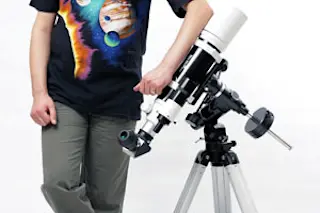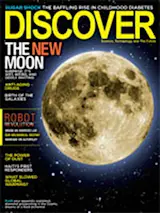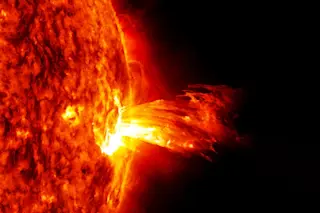Babak Tafreshi has stargazed everywhere from the Himalayas to the Sahara, yet one view trumps them all: his first look at the moon through a telescope, from atop his family’s Tehran apartment in 1991. “I’ll remember that scene forever,” he says. Since then, Tafreshi has been captivated by the idea that “we all share the same sky.” After editing Nojum, the first astronomy magazine in the Middle East, he founded the World at Night project, which recruits photographers worldwide to shoot the night sky behind famous landmarks and publishes the results online.
How did you come up with the world at night project? As a teenager, I saw Pale Blue Dot, a photo of Earth taken by Voyager I that led astronomer Carl Sagan to reflect on the insignificance of man in the universe. The image showed us all on a single planet, and I realized how fascinating it would be to see the same sky above different symbols of civilizations, like a temple, mosque, and church.
You traveled to seven continents for your work—did you encounter problems? The Sahara was 122 degrees Fahrenheit during the day. At night when I was shooting, there were scorpions and snakes everywhere.
What kind of astronomical research goes on in Iran? We have about 100 professional and 5,000 amateur astronomers. Unfortunately the largest operating telescope is only 60 centimeters [24 inches] in diameter, but there are plans to build a 3-meter [118-inch] telescope in Kashan, a desert town in central Iran. Government support is not advancing at the moment—in the last few years we’ve had so many tensions here. But the average age of the population is around 25, so that gives you good potential to bring science to the community.
How do you connect with the sky back in Tehran? I drive to Mount Damavand, a dramatic change from the light-polluted sky of metropolitan Tehran. I tell people that the night sky is my second home. My wife doesn’t agree. She thinks it’s my first home.
What else do you do for fun? We have star parties for people who have never seen the moon through a telescope. The first time changed my life, and I’m hoping it does the same for others.















